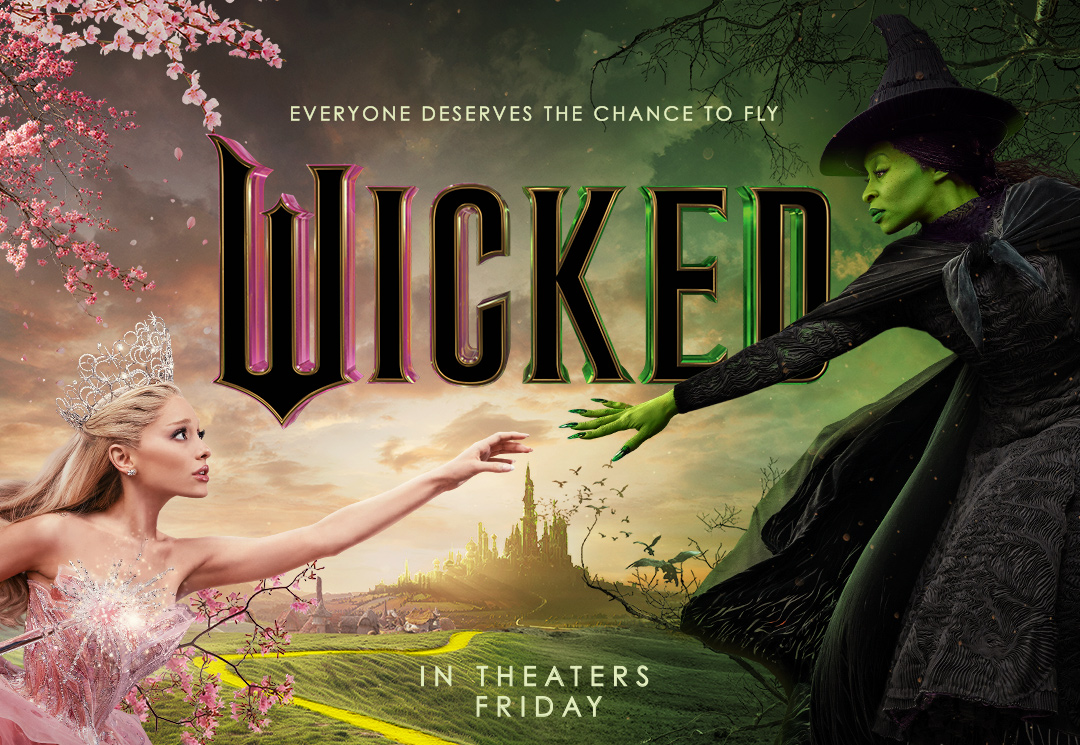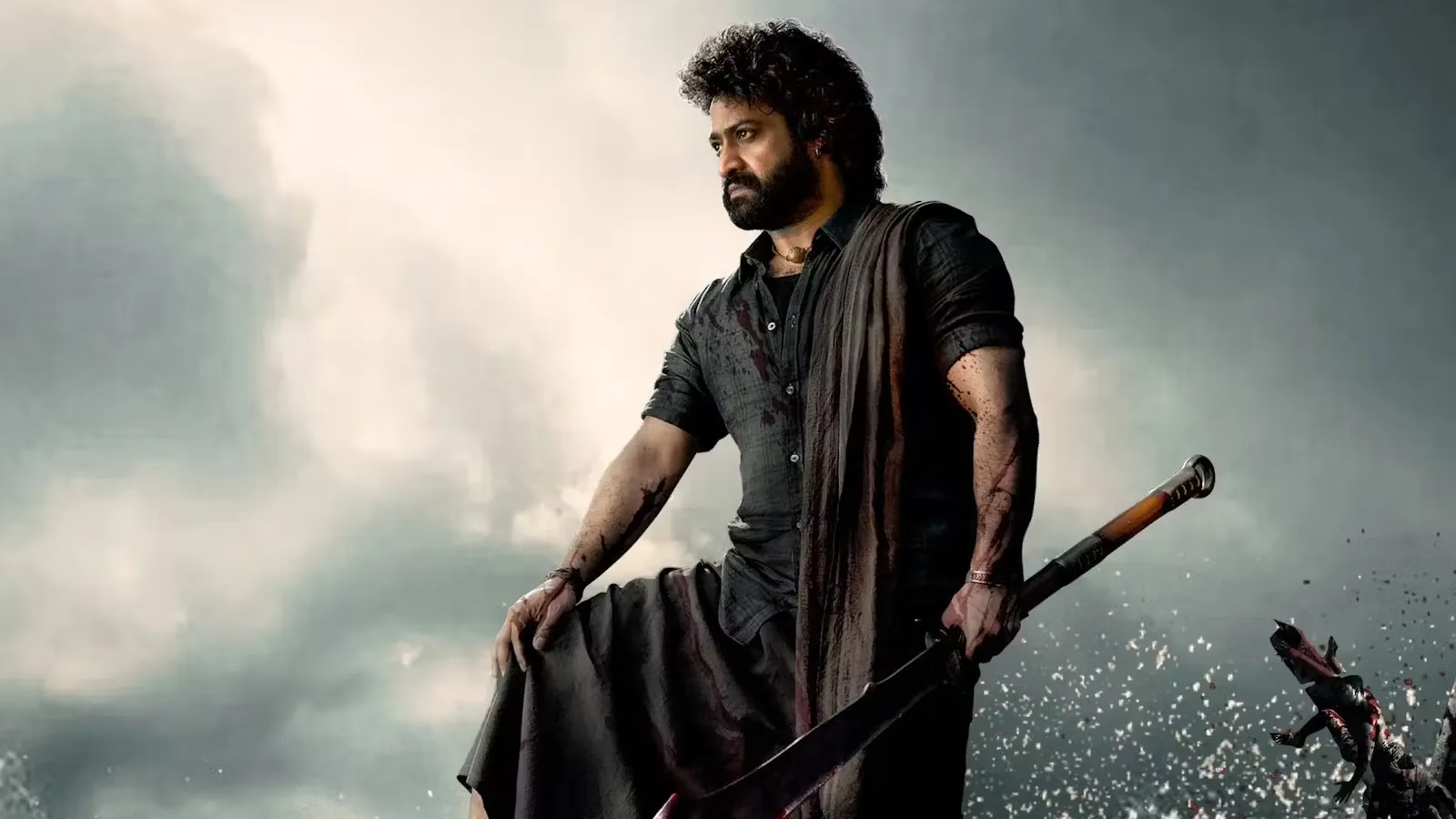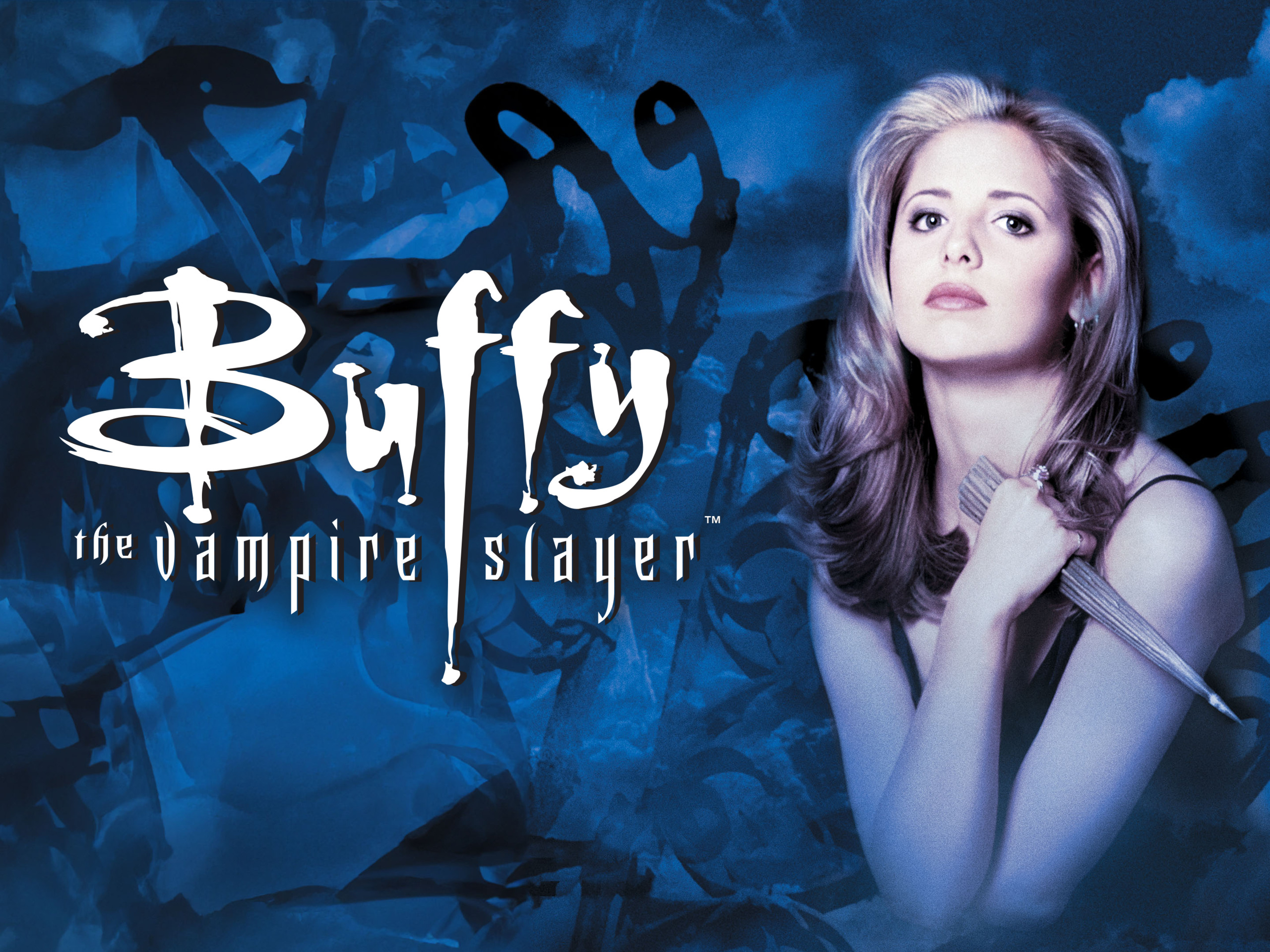One of the biggest animated stars in American history returns to prominence in a specially remastered Blu-ray & DVD presentation with the Warner Archive Collection (WAC) release of Popeye the Sailor: The 1940s, Volume 1, a 14-cartoon set that includes many shorts unseen in their original form for more than 60 years. In stunning 1080p high definition created from 4K scans of the original nitrate Technicolor negatives, and never before officially released for home entertainment, the single-disc Popeye the Sailor: The 1940s, Volume 1 will be available December 11, 2018 through wb.com/warnerarchive and your favorite online retailer.
Produced especially for the adult animation collector, Popeye the Sailor: The 1940s, Volume 1 features the first two Technicolor® seasons of Popeye’s animated theatrical shorts (1943-44 and 1944-45) produced by Famous Studios, Paramount’s revered New York-based cartoon studio.
Popeye the Sailor: The 1940s, Volume 1, the first authorized Blu-ray release of the color cartoons, covers their initial theatrical release – starting with “Her Honor The Mare” (originally released on November 26, 1943) and extending through the 1945 cartoon, “Mess Production.” Each of the 14 cartoons has been meticulously restored from the original 35mm nitrate Technicolor negatives, which have been scanned at 4K as part of Warner Bros. ongoing film preservation efforts. From these new recombined scans, Warner Bros. Motion Picture Imaging department has created new masters under the direction of Warner Archive Collection for this Blu-ray and DVD release.
Popeye, who will celebrate his 90th anniversary in 2019, made his debut on January 17, 1929 in the comic strip “The Thimble Theater,” created by cartoonist E.C. Segar. Loved by fans from around the globe as the tough, spinach-loving sailor man who always stands up for the underdog, Popeye is one of the world’s most recognizable pop culture icons who has maintained a loyal following for decades.
“This is a landmark moment in Warner Bros. providing animation enthusiasts with the ability to own treasured animated classics from our library with the best possible quality, aimed directly at the adult animation collectors,” says George Feltenstein, Senior Vice President, Theatrical Catalog, Warner Bros. Home Entertainment. “Popeye is a beloved character whose popularity has endured for 90 years – starting as a comic strip, continuing as a headliner in motion pictures for almost 25 years, and cherished for decades on television. Warner Bros. has been pleased to bring earlier incarnations, including the renowned Fleischer cartoons, to DVD, and now we continue to cater to animation superfans with this first installment of Famous Studios cartoons.”
As part of Warner Bros. decades-long corporate film preservation program, the restoration process on these Popeye cartoons has been meticulous in its mission to address any and all film damage while preserving the original animated frame. Dirt, debris and any film damage has been repaired from the original sources, most of which have not been touched in over 70 years. Warner Archive Collection has ensured great care was taken to keep the animation authentic to its original look as first presented on movie theater screens in the 1940s. The entire Popeye library is currently undergoing this process.
“Popeye is one of the all-time great cartoon characters, but he hadn’t gotten a fair shake in the world of home entertainment until Warner released all of his black & white shorts,” said Leonard Maltin, animation historian, and author of Of Mice and Magic: A History of American Animated Cartoons. “What came next? The first Technicolor Popeye cartoons were also the last ones made under the aegis of the Fleischer Brothers, Max and Dave. Animation aficionados should welcome the opportunity to see these long-forgotten cartoons in such pristine condition, taken from the original 35mm negatives.”
“This is the first time anyone has gone back to the master nitrate negatives to ensure a crisper picture and vivid colors – nor have these films ever sounded so good,” said respected animation historian and author Jerry Beck. “The animators at this time, during the war years, were allowed to push the Popeye character forward, creating particularly zany plot lines and funny situations beyond the classic Popeye/Bluto rivalry for Olive Oyl. I’m particularly tickled over the cartoon where Bluto becomes a pseudo-Superman (courtesy of a licensed tie-in with DC Comics) and another where Popeye and Bluto romance Olive as marionette puppets. This was the ‘Golden Age’ of animation – and these are particularly strong cartoons that have been long in demand by animation buffs.”
In addition, all cartoons in Popeye the Sailor: The 1940s, Volume 1 are complete and uncut as they were originally seen on movie screens and retain their original titles (which were removed for television exhibition in the 1950s).
The 1940s brought new sights and sounds to America’s favorite cartoon star. In Popeye the Sailor: The 1940s, Volume 1, regulars Olive Oyl and Bluto return, while Popeye resumes his riotous relationship with his shipmate Shorty and his naughty nephews Pipeye, Poopeye, Peepeye, and Pupeye. With the addition of full color, cartoonists were now free to let loose with journeys to exotic lands and give Popeye a fresh stock of new friends and foes.
But it’s the eternal love triangle, Popeye and Bluto competing for the attention of Olive, that drives the majority of these zany situations – as well as the hilarious action-packed gags. Whether our heroes are posing as circus acrobats or puppeteers or even taking turns at being Superman, these gems from the Golden Age of Hollywood will blow you down with laughter.
Popeye the Sailor: The 1940s, Volume 1 includes:
• Her Honor The Mare
• The Marry-Go-Round
• We’re On Our Way To Rio
• The Anvil Chorus Girl
• Spinach Packin’ Popeye
• Puppet Love
• Pitchin’ Woo At The Zoo
• Moving Aweigh
• She-Sick Sailors
• Pop-Pie A La Mode
• Tops In The Big Top
• Shape Ahoy
• For Better Or Nurse
• Mess Production
In anticipation of Popeye’s 90th anniversary year, brand owner King Features Syndicate, a unit of Hearst, unveiled a full slate of new content, exciting merchandise and events for 2019, including dozens of international and domestic partners that will support the salty sailor at retail across all major categories, including apparel, accessories, collectibles, health and nutrition, and publishing.
“We are thrilled to include Warner Bros.’ release of Popeye the Sailor: The 1940s, Volume 1 in the rollout of consumer products that will be available to fans during Popeye’s anniversary year,” says Carla Silva, VP and GM, Global Head of Licensing for King Features. “For millions of fans, the long-awaited experience of viewing this content for the first time in their own homes is priceless.”
Popeye the Sailor: The 1940s, Volume 1 is intended for the Adult Collector and May Not Be Suitable for Children. Also available on DVD!
BASICS
Popeye the Sailor: The 1940s, Volume 1
Run Time – 99:00 MINUTES
Subtitles – English SDH
Sound Quality – DTS HD-Master Audio 2.0 – English
Aspect Ratio – 4 X 3 FULL FRAME, ORIGINAL ASPECT RATIO – 1.37:1
Product Color – COLOR
Disc Configuration – BD 50

Movie
Gladiator 2 Builds On The Legacy Of Its Predecessor,

Gladiator 2 builds on the legacy of its predecessor, delivering a captivating story that honors the original while forging a compelling new path. The cast shines in their roles, with Paul Mescal delivering a powerhouse performance as Lucius, the now-grown son of Maximus. Mescal captures a blend of vulnerability and strength, embodying a character driven by both honor and revenge. Alongside him, Denzel Washington commands the screen, adding gravitas and depth to a key supporting role
The screenplay is a triumph, keeping the audience engaged at every turn. While the overarching story gives you a sense of where it’s headed, the journey remains unpredictable, and packed with twists. The film balances themes of legacy, vengeance, and redemption, weaving them seamlessly into the narrative.
Action sequences, particularly the gladiatorial combat, are visually pleasing. The fights are brutal and visceral, with just enough gore to feel authentic without veering into excess. Visually, Gladiator 2 is stunning. The production design, cinematography, and score come together to create a visceral and immersive experience.
As a follow-up to a beloved classic, Gladiator 2 meets expectations, proving to be both a thrilling spectacle and a worthy successor. It’s a 9/10—a tale of honor and legacy.
Movie
Wicked Soars As A Dazzling Spectacle

Jon M. Chu’s Wicked, the long-awaited cinematic adaptation of the Broadway musical, soars as a dazzling spectacle that captivates audiences with its lush visuals, heartfelt performances, and rich storytelling. The film, the first in a two-part series, delves into the origins of Elphaba and Glinda, exploring their unlikely friendship and the events that transform them into the Wicked Witch of the West and Glinda the Good.
Cynthia Erivo (Elphaba) and Ariana Grande (Glinda) lead the cast with exceptional performances. Erivo’s powerful vocals and nuanced portrayal of Elphaba’s internal struggles bring depth to the character. Grande, in her most notable film role to date, is both hilarious and heartfelt as Glinda, perfectly capturing her charm and comedic timing. Supporting performances by Jonathan Bailey (Fiyero), Michelle Yeoh (Madame Morrible), and Jeff Goldblum (the Wizard) add layers to the narrative, enriching the world of Oz with compelling subplots.
Chu, known for his work on Crazy Rich Asians and In the Heights, brings his signature style to Wicked, blending vibrant visuals with emotional resonance. The production design by Nathan Crowley is stunning, vividly rendering Oz with grandeur, from the Emerald City to Shiz University. Paul Tazewell’s costume design is equally striking, updating the Broadway look with cinematic flair. The score, by Stephen Schwartz and John Powell, retains iconic musical numbers like “Defying Gravity” while incorporating new arrangements that heighten their cinematic impact.
Critics have hailed Wicked as one of the best musical-to-film adaptations in decades, rivaling Chicago and Mamma Mia. Chu’s decision to split the adaptation into two parts allows for a deeper exploration of the story, giving audiences time to connect with the characters and their journeys. Fans of the Broadway show will appreciate its faithfulness to the source material, while newcomers will be enchanted by its universal themes of acceptance, ambition, and friendship.
With Wicked, Jon M. Chu has delivered a masterpiece that sets a new standard for musical adaptations. The film is a visual and emotional triumph, showcasing unforgettable performances and a meticulously crafted world. Whether you’re a fan of the original musical or new to the story, Wicked is a must-see cinematic event.
Rating: 3.5/5
Streaming
Movie Review: Devara Part 1 (Streaming on Netflix)

Devara Part 1 dives deep into the heart of coastal India, merging high-stakes action with rich, emotional storytelling. Directed by Koratala Siva, this movie delivers both visually arresting cinematography and a gritty, dramatic narrative that examines the impact of power, loyalty, and revenge. The film stars Jr. NTR as Devara, alongside Saif Ali Khan and Janhvi Kapoor, both in pivotal roles. With its mix of action, suspense, and drama, Devara has quickly become a must-watch on Netflix.
The film is set in a fictional coastal region, where Devara, played by Jr. NTR, emerges as a man caught in the crossfire of a world rife with ambition and betrayal. The narrative pivots around land issues and the power struggles within the community, which expose Devara’s journey from a common man to a feared figure within his circle. Saif Ali Khan’s antagonist is a complex and calculated character whose machinations add depth to the storyline, setting the stage for a high-stakes conflict with Devara.
The film uses classic Bollywood tropes of revenge and honor but explores them through a modern lens. Devara’s journey is marked by his raw emotional drive and relentless courage, and the character’s depth makes him a gripping protagonist. Janhvi Kapoor adds a softer, more vulnerable counterbalance as Devara’s love interest, providing relief amid the film’s intensity.
Jr. NTR shines in the title role, embodying Devara with both intensity and vulnerability. His transformation into this hardened figure is subtle and believable, allowing viewers to empathize with his struggles. Saif Ali Khan, as the antagonist, is charismatic yet menacing, bringing layers to his role that make him much more than a standard villain. Janhvi Kapoor, while not the primary focus, delivers a grounded performance, effectively conveying the emotional depth needed in a film as intense as this.
One of the strongest elements of Devara Part 1 is its cinematography. Siva and his team bring the coastal setting to life, with expansive shots that capture the rugged beauty of the region. Each scene is meticulously crafted to capture the landscape’s natural colors and textures, lending authenticity to the story. The high-quality production value, along with the tight pacing and impressive action sequences, ensures that the audience remains engaged from start to finish.
Korotala Siva’s direction keeps the narrative’s emotional core intact while focusing on action and drama. The way he layers tension and reveals character motives adds a degree of realism rarely seen in mainstream cinema.
At its core, Devara is about the moral complexities that arise when survival and loyalty collide. It tackles themes of power, corruption, and revenge, all within a tightly woven plot that never strays too far from the human element. The film also dives into social issues, shedding light on the systemic corruption affecting the lives of ordinary people in coastal India. Devara’s journey is one of self-discovery and confrontation with societal norms, and this depth keeps the film compelling beyond its action sequences.
The film also sets up exciting possibilities for Devara Part 2, hinting at an even deeper exploration of these themes, as the stakes rise and alliances shift.
Devara Part 1 combines strong performances, beautiful cinematography, and a gripping storyline. While it does lean on some familiar tropes, the story’s authenticity and Siva’s nuanced direction make it a worthwhile watch. The movie’s pacing, engaging plot twists, and character-driven drama make it hard to turn away.
Rating: 4.3/5 Devara Part 1 is a compelling drama that balances action and emotion, making it a standout in Netflix’s lineup. It’s perfect for viewers looking for a powerful storyline mixed with well-executed action. Highly recommended for fans of Bollywood cinema and anyone who appreciates stories with moral complexity.


